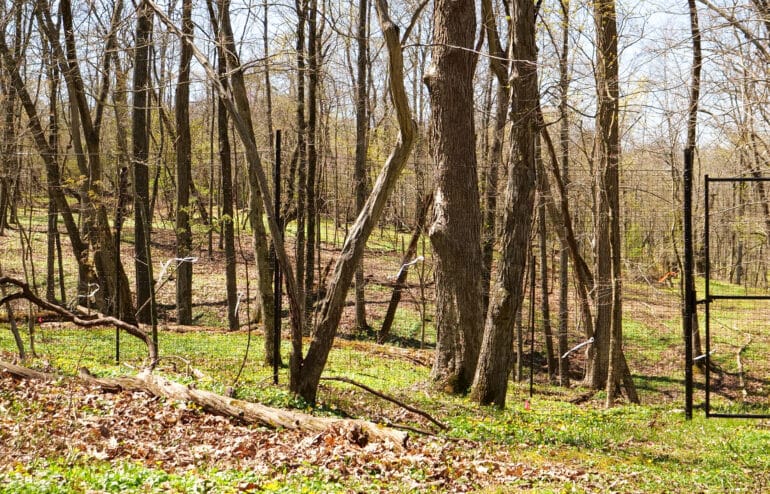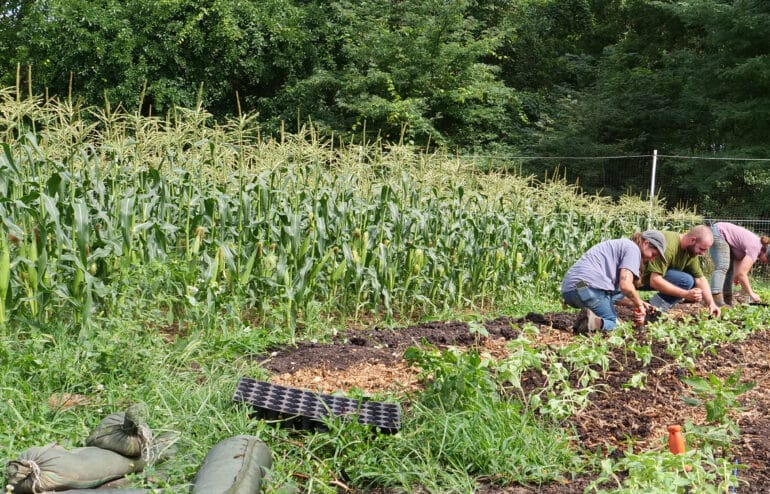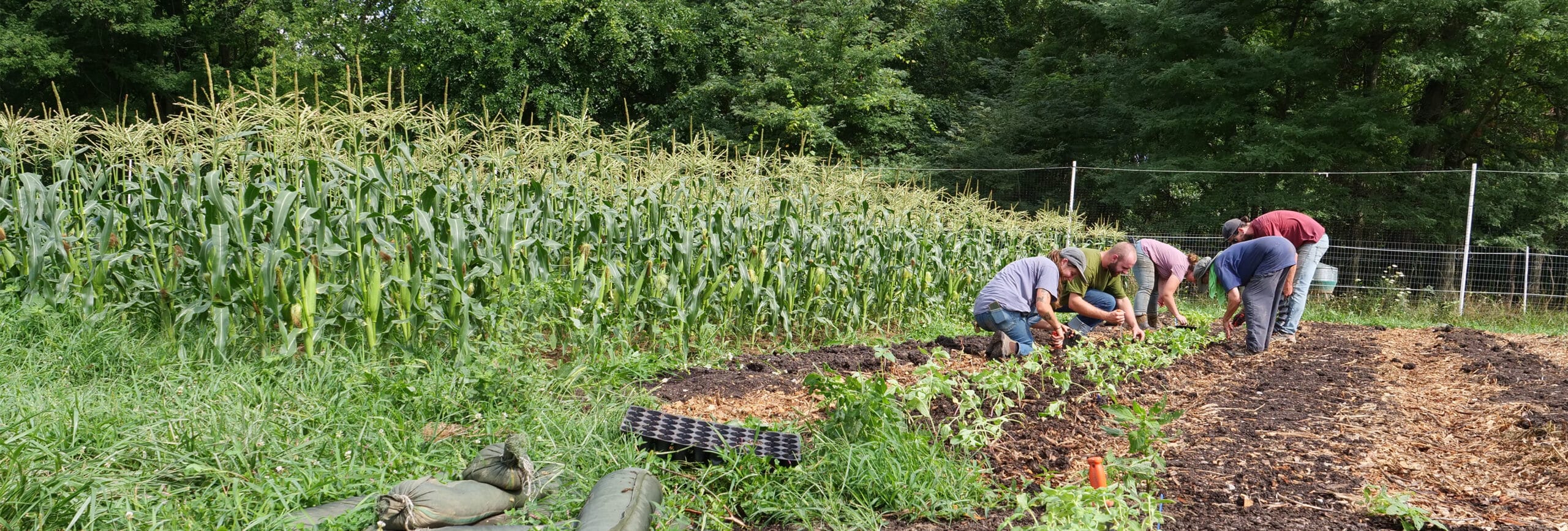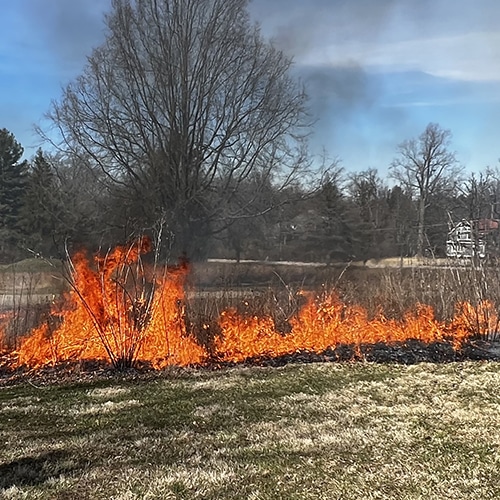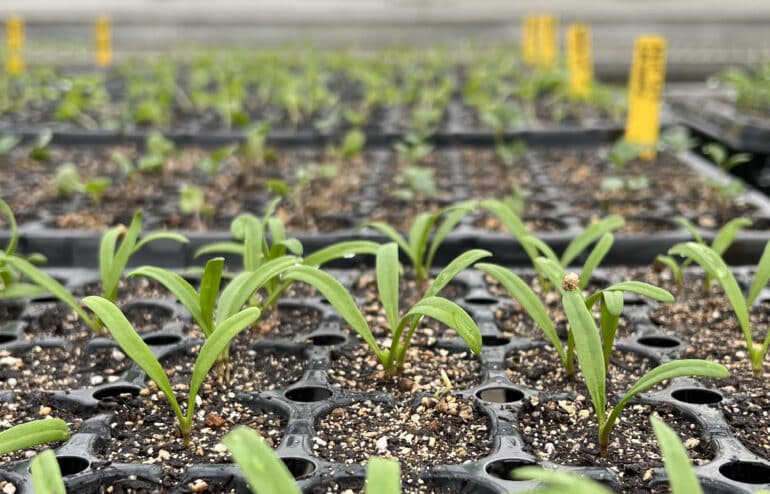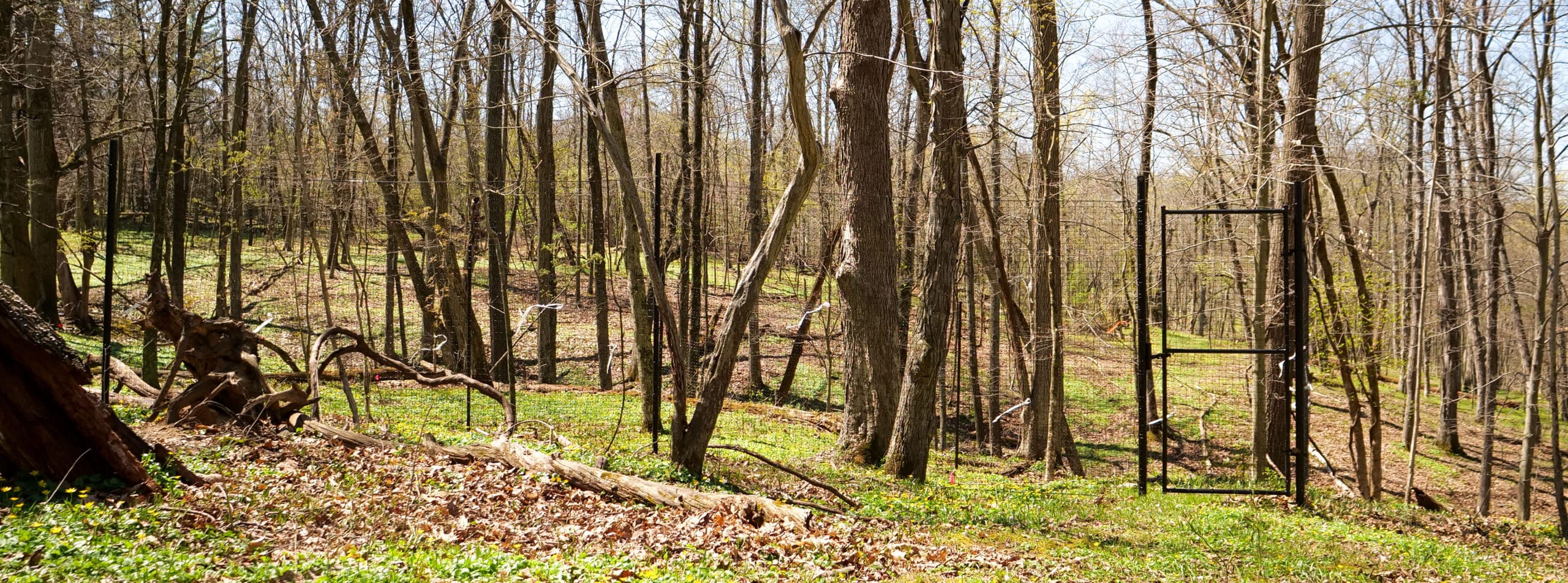
Improving Restoration of Forest Understory:
Experimental Deer Exclosure, Invasive Plant Management, and Enrichment Planting
Each year, Greenacres Foundation funds research proposals relating to ecology and the environment. One funded project currently underway is through Miami University, examining forest restoration and the impact deer are having on invasive plant management and subsequent native species plantings.
In the woods on our Indian Hill campus, two deer exclosures were constructed to keep deer out, and each is paired with plots that deer continue to have access to. Two treatments are being applied to the forest floor in each of the test plots: herbicide and no herbicide. Enrichment planting will take place across all plots. Data collection will include survival and growth of both currently occurring and planted wildflowers and tree seedlings.
Start Date: Fall 2022
End Date: Summer 2025
Budget: $86,496
Partner: Miami University
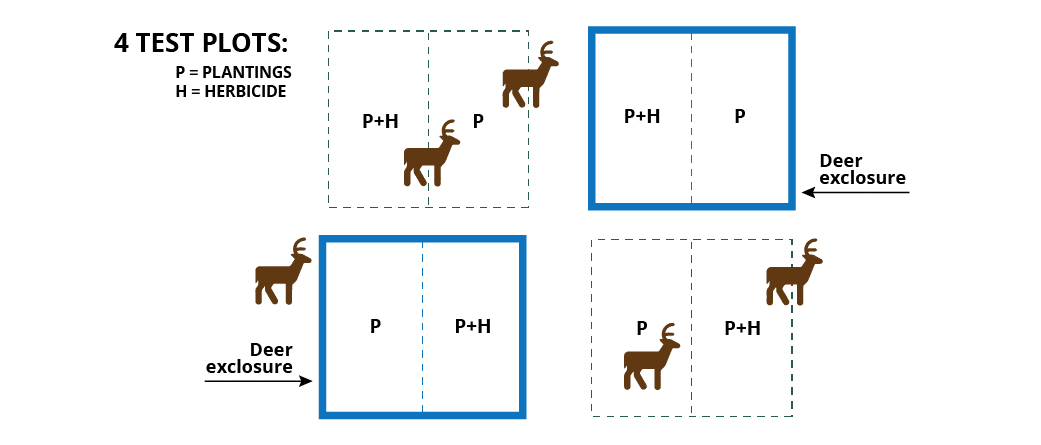
Questions About Greenacres Research?
If you have questions regarding this project, please contact Jennifer Mansfield at jmansfield@green-acres.org.
If you would like to apply for funding for your research project, click here for more information about our grant funding process.

